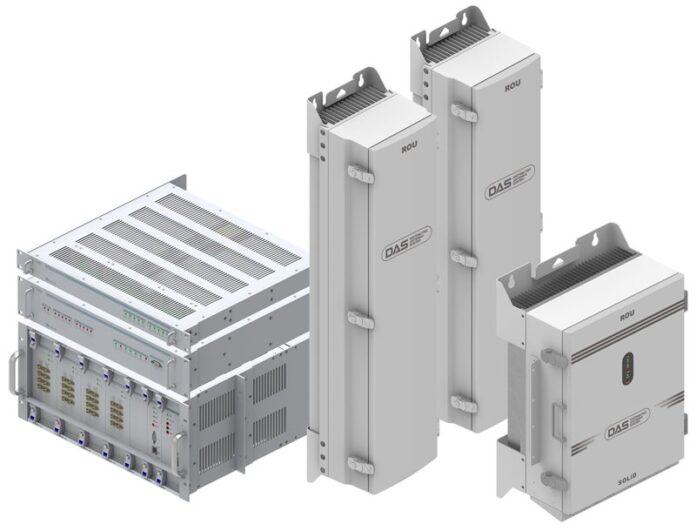Solid Technologies has a solid foothold in North America, and now the Korean company has made its commitment clear by purchasing Reach Holdings. Reach has been doing business as Solid in North America for years, and now its team members will be employees of Solid. Ken Sandfeld is now president of Solid North America, leading a team of 75 U.S. employees and heading up a $100 million dollar business providing distributed antenna systems to carriers and enterprise customers.
Sandfeld said Solid is focusing on smaller, lower cost solutions for multi-operator outdoor deployments and for the enterprise customers that do not need a multi-million dollar DAS. This week Solid launched a 2 watt product to give customers an affordable solution that can still leverage the full capacity of LTE.
Size matters in the DAS market, according to Sandfeld, because city planners will want to accommodate more than one mobile operator on each piece of public infrastructure designated for cellular.
“We’re going to see more concealment solutions, creativity on the concealment, and what we’re going to see from vendors like Solid is we’re going to see much smaller solutions, much lower power solutions and a higher ability to handle more bands,” said Sandfeld. Many existing outdoor DAS support just one mobile operator, but that is starting to change.
“With oDAS it has kind of been the trend that there is only going to be one operator on it,” said Sandfeld. “I believe city CIOs and city planners are going to re-evaluate that idea because the reality is: colocating on a macro pole has always been acceptable, so if the technology is available, what’s wrong with putting multiple people on a street pole? Right now the limitation is you can’t fit enough stuff on it, so what I believe you’re going to see is technology trends driving that size down and the aesthetics will improve.”
Sandfeld added self-organizing network technology will be increasingly important as outdoor DAS proliferates and carriers look for ways to bring the costs down.
“People don’t want to role a truck to adjust these things,” he said. “They want it taken care of. They want the sensors essentially to be at the pole so that the street element can adjust itself.”

